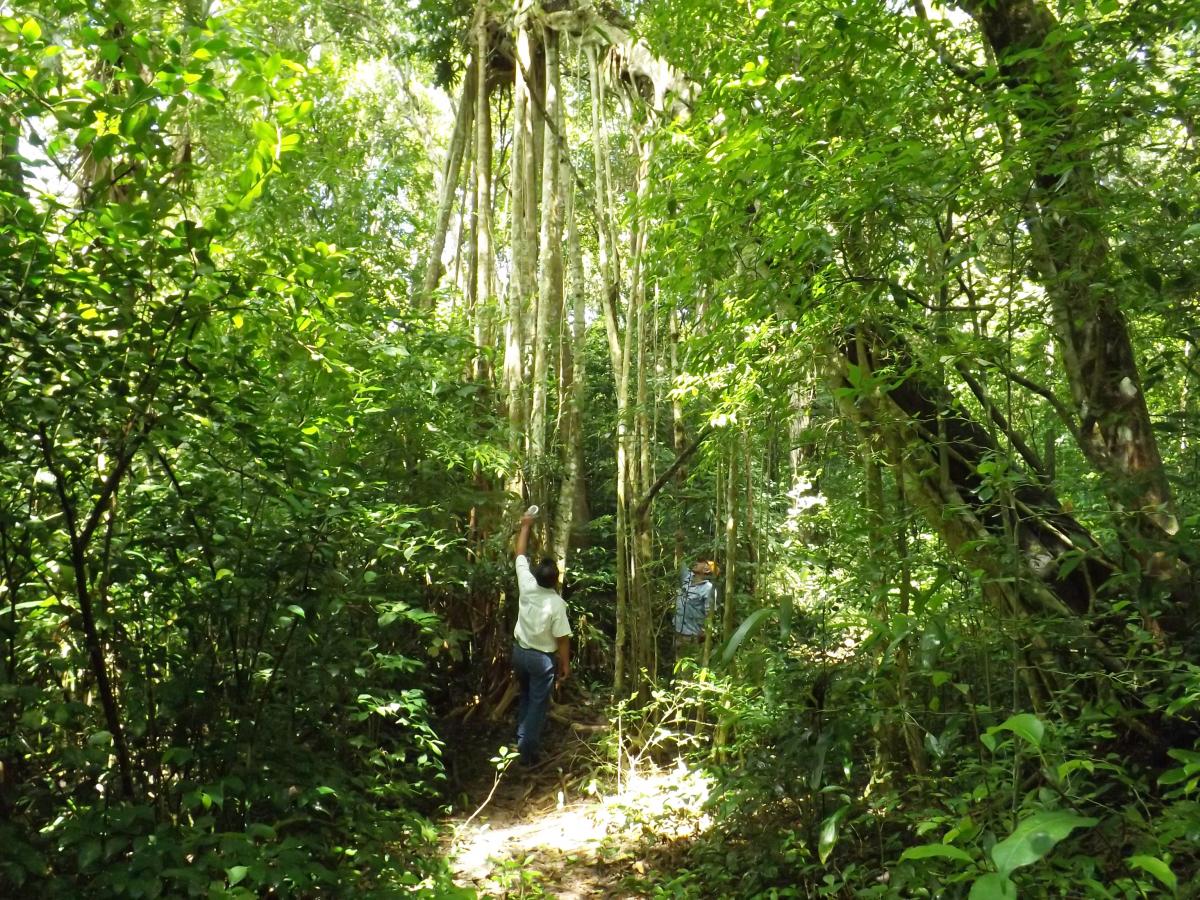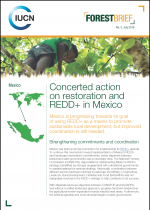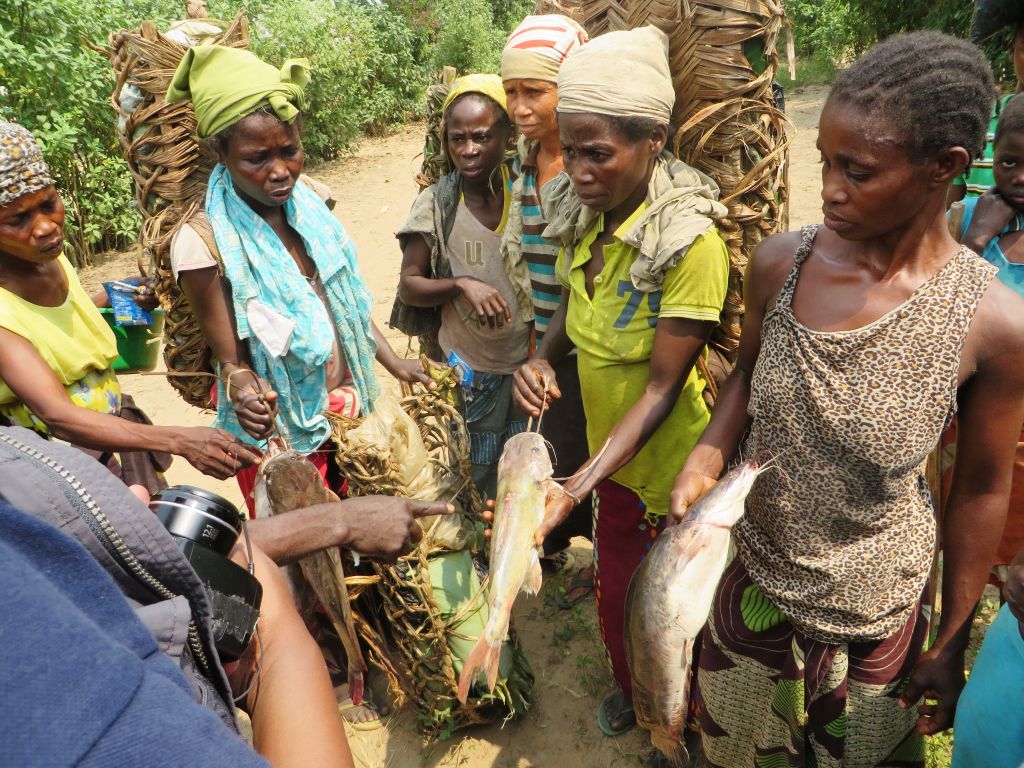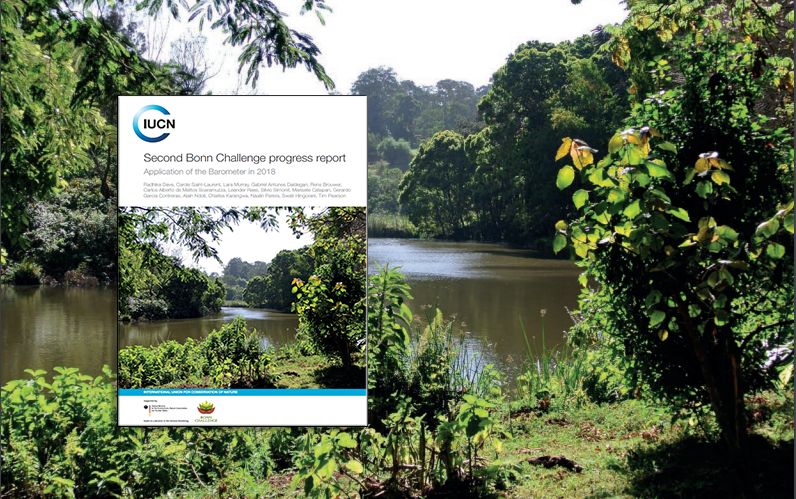Concerted action on restoration and REDD+ in Mexico
Mexico is progressing towards its goal of using REDD+ as a means to promote sustainable rural development, but improved coordination is still needed.

Photo: Luciana Ludlow Paz / IUCN
Mexico has built up strong momentum for implementing its REDD+ agenda. To continue this momentum toward implementation of Mexico’s REDD+ (and landscape restoration) committments, better alignment between federal and state governments was a necessary step. The National Forestry Commission (CONAFOR), responsible for implementing Mexico’s REDD+ strategy, benefitted by stronger engagement with subnational governments in operationalising the national strategy. Historically, coordination between different sectors had been minimal; in particular, the Ministry of Agriculture, Livestock, Rural Development, Fisheries and Food (SAGARPA) was not adequately involved in the REDD+ strategy to fully contribute to its success.
With disparate land-use objectives between CONAFOR and SAGARPA, and without a unified landscape approach, progress had been hindered as the agricultural frontier expanded towards natural forest areas. Furthermore, the political agendas and environmental targets of state governments can be quite different from the priorities of the federal government. This represented both an obstacle to effective implementation of Mexico’s international commitments and a constraint to major investments in forest landscape restoration (FLR); seen as a contributing factor to the REDD+ process.
There is considerable scope for advancing FLR in Mexico by promoting state-level restoration commitments and strengthening coordination of the restoration policies of federal and state governments.
 Photo: IUCN GFCCP
Photo: IUCN GFCCP



